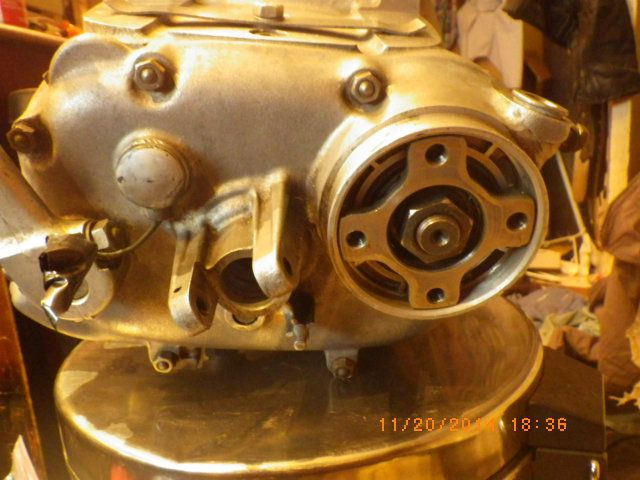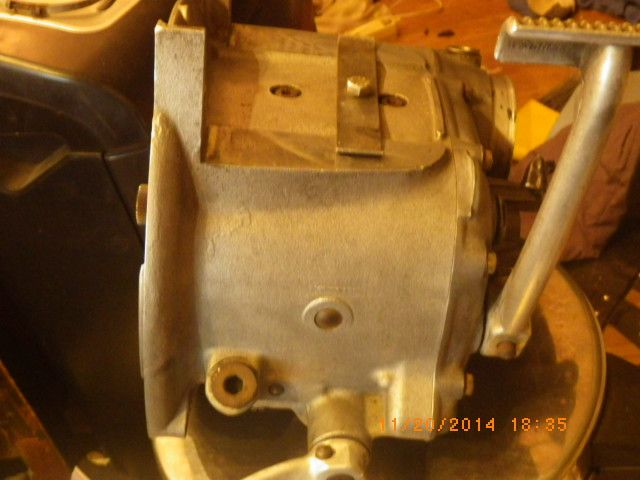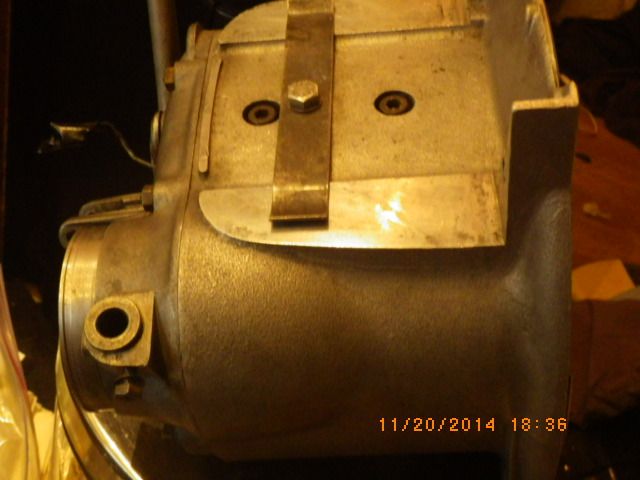BTW, is there room to install the clutch rod if I mount the tranny first on my 71 R75/5?
Basically, no. You can't go far enough back in a straight line to insert it. Install from the front with the new felt in place...leave the tip sticking out about the same distance as the old transmission was.






